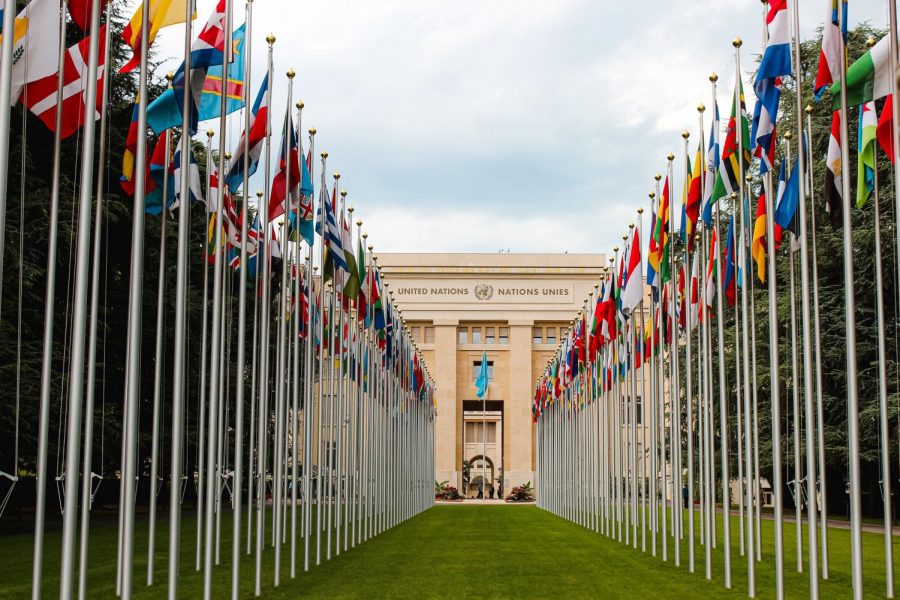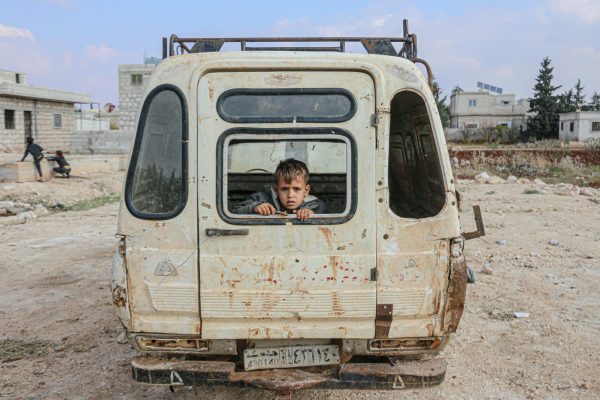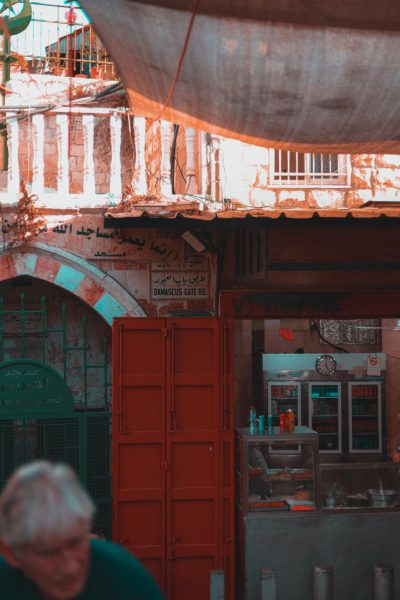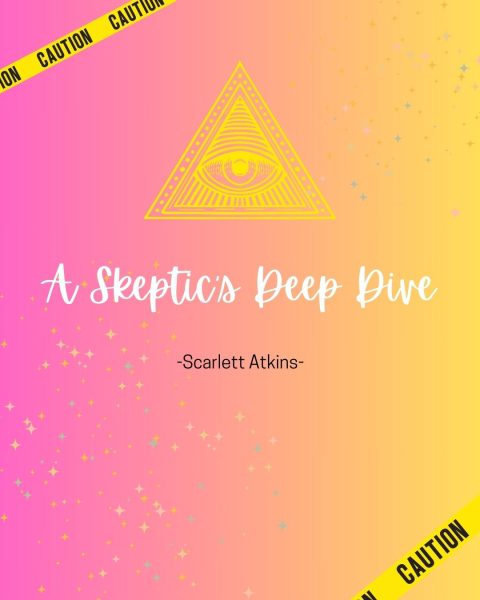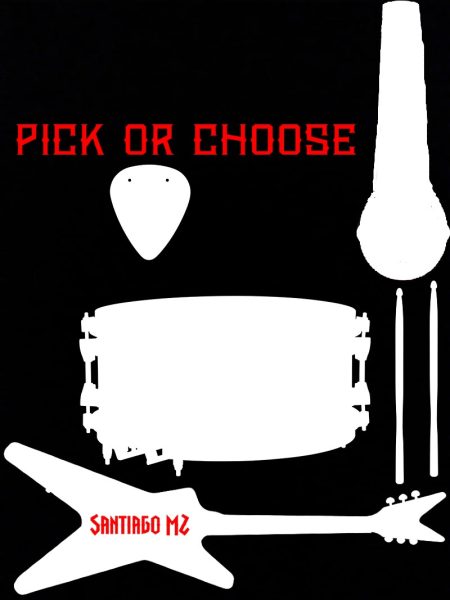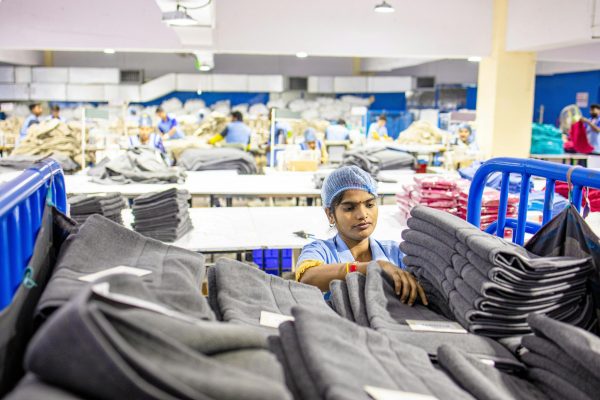The International Day for the Abolition of Slavery
The International Day for the Abolition of Slavery is a yearly event that takes place on December 2. It was created in 1986 by the United Nations General Assembly. This day was created as a day to raise awareness about and remember victims of modern slavery. According to Anti-Slavery International, modern slavery can be classified as; human trafficking, forced labor, debt bondage, and child slavery. Child slavery is considered to be child trafficking, child marriage, child soldiers, and child domestic slavery.
In 2016, the International Labor Organization found that for every 1,000 people in the world, 5.4 people are victims of modern slavery. That’s roughly 40.3 million people, 4.8 million of these people are victims of forced sexual exploitation and 4 million people are forced into labor by state authorities. They also found that 1 in 4 modern slavery victims are children and that females are disproportionately affected by forced labor.
Unfortunately, it’s extremely easy to fall victim to modern-day slavery, as it exists in many different forms around the world. The End Slavery Now campaign highlights the experiences of those who have been trapped in bondage. Reading these stories, one thing is clear: traffickers prey on those who are financially vulnerable. One woman, Flor Molina, traveled to America as an immigrant who was in need of money to support her family. After having lost a child due to being unable to afford the cost of hospitalization, the United States was her last chance at being able to provide for her three children and mother. She was brought to Los Angeles where she was told she now had to first pay off her debt by working for the woman who brought her here. She was forced to sew clothes for 18 hours a day, with only one meal a day and a 10-minute lunch break. She was also forced to sleep on a shared mattress in the storage room of the factory where she worked.
This is an issue that tragically runs rampant in all countries, including the United States. Shamere McKenzie was a college student at St. John’s University in New York who found herself suddenly looking for a way to pay her tuition. Her new friend offered to help her out by getting her a job dancing at a club and unable to find any other options, she obliged. However, she was then beaten and sex trafficked, with her life and her family’s life constantly threatened.
So what can we do to help? What can we do as a society to help others live bondage free as we do? First, stay educated. The End Slavery Now campaign’s website is a very helpful tool that provides stories and resources to help stop this issue. You can also try to make an effort to not buy from chains that utilize forced labor, the trafficking industry makes about 150 billion dollars a year from people buying products created by modern-day slaves. If you see something suspicious, say something, both Flor and Shamere were saved when someone reached out to them to offer assistance in escaping their bondage. You can reach the Human Trafficking Resource Center at 1-888-373-7888.

